The Future Mercedes S-Class will redefine automotive power with advanced hybrid and electric powertrains, enhanced performance, and sustainable engineering, representing a significant leap in luxury and efficiency for discerning drivers.
The S-Class has always been the pinnacle of Mercedes-Benz luxury and innovation. When we talk about the “Future Mercedes S-Class,” we’re not just talking about a new car; we’re talking about the next chapter in automotive excellence. For many owners, understanding what powers these incredible machines can seem a bit daunting, especially with the advancements in hybrid and electric technology. Don’t worry! This guide breaks down the essential power concepts of the upcoming S-Class models. We’ll explore what makes them tick, how they perform, and what it means for you as an owner. Get ready to be impressed!
But before we dive deep, let’s tackle some common questions.
Frequently Asked Questions About Future S-Class Power
What are the main powertrain types expected in the future Mercedes S-Class?
The future S-Class will continue to offer a range of powertrains, heavily emphasizing electrification. Expect advanced plug-in hybrid (PHEV) models that blend gasoline engines with electric motors for impressive range and performance, alongside fully electric (EV) variants designed for zero-emission luxury driving. Mercedes-Benz is committed to its “Electric First” strategy, so the pure electric options will be a significant focus.
How will hybrid technology improve the S-Class?
For hybrid models, expect enhanced fuel efficiency, reduced emissions, and a noticeable boost in performance thanks to the instant torque provided by electric motors. PHEVs will offer a substantial electric-only driving range, allowing for many daily commutes on electricity alone, with the gasoline engine available for longer trips. This dual capability provides flexibility without compromising the S-Class experience.
What can I expect in terms of electric range for future S-Class EVs?
Mercedes-Benz is investing heavily in battery technology. While exact figures will vary by specific model and battery size, the goal is to offer competitive and impressive electric ranges, likely exceeding 300 miles on a single charge for many versions of the fully electric S-Class. This will alleviate range anxiety for most drivers.
Will there still be powerful AMG versions of the future S-Class?
Absolutely! The AMG division is synonymous with high performance. Future AMG S-Class models will likely feature potent hybrid powertrains or high-performance electric drivetrains. These will deliver breathtaking acceleration and dynamic handling, all while incorporating the advancements in powertrain efficiency and technology.
How does regenerative braking work in the future S-Class?
Regenerative braking is a key feature in hybrid and electric vehicles. When you lift your foot off the accelerator or apply the brakes, the electric motor acts as a generator, converting the vehicle’s kinetic energy back into electrical energy. This stored energy is then used to recharge the battery, improving efficiency and reducing wear on traditional brake components.
Is the charging process for future S-Class EVs complicated?
Mercedes-Benz aims to make charging as convenient as possible. Future S-Class models will support various charging methods, including home charging (using a wall charger for overnight replenishment) and public fast-charging stations. The MBUX infotainment system will help locate charging stations and manage charging schedules. It’s designed to be user-friendly for everyone, from EV veterans to newcomers.
The Evolving Heartbeat: Future Mercedes S-Class Powertrains
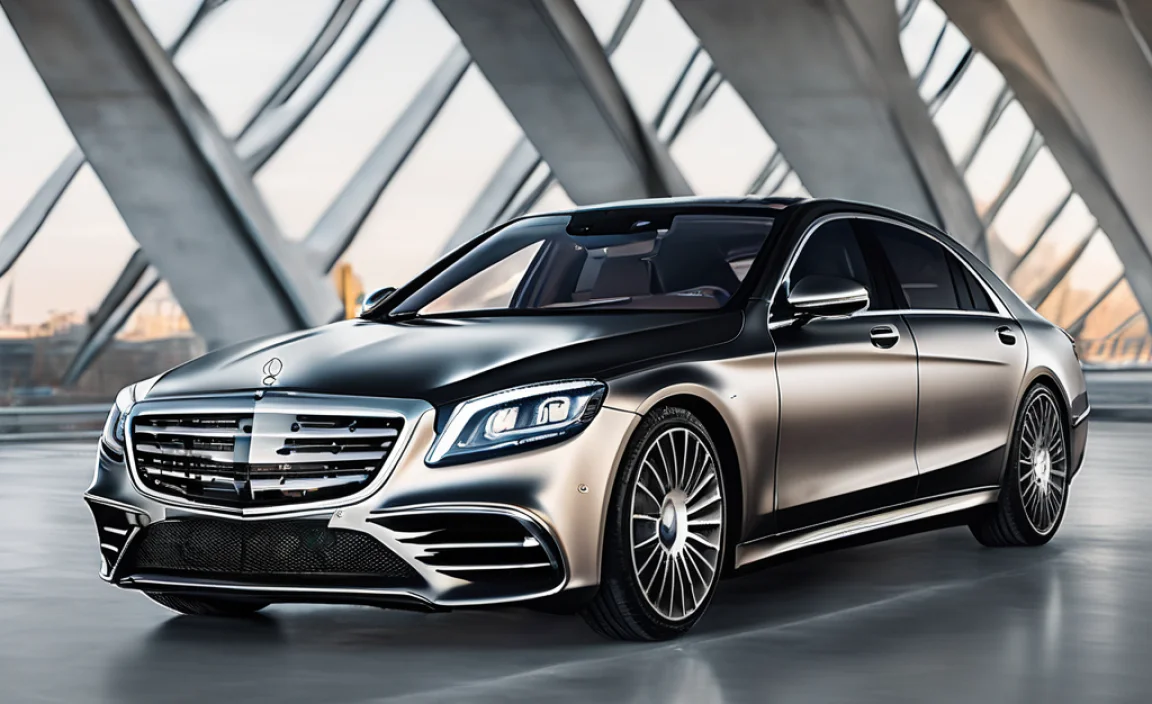
The Mercedes-Benz S-Class has always been a symbol of automotive engineering prowess. Looking ahead, the “Future Mercedes S-Class” is set to redefine “essential power” by embracing advanced electrification. This isn’t just about making cars more eco-friendly; it’s about delivering more performance, smoother operation, and a quieter, more refined driving experience.
Electrification: The Driving Force
Mercedes-Benz is on a clear path toward an all-electric future. For the S-Class, this means a significant shift in how power is delivered. The focus will be on sophisticated hybrid systems and fully electric drivetrains. This evolution offers drivers the best of both worlds: the exhilarating performance expected of an S-Class, coupled with remarkable efficiency and reduced environmental impact.
Plug-In Hybrids (PHEVs): The Best of Both Worlds
Future S-Class PHEV models will represent a sophisticated blend of internal combustion engine (ICE) technology and electric power. These vehicles are designed to offer a substantial electric-only driving range, perfect for daily commutes and city driving without emissions. When longer journeys call, the gasoline engine seamlessly kicks in, providing the range and flexibility we’re accustomed to.
- Electric Range: Expect significantly longer all-electric ranges compared to previous generations, potentially capable of covering commutes on electricity alone.
- Performance Boost: The electric motor provides instant torque, enhancing acceleration and responsiveness.
- Efficiency: Combined with efficient gasoline engines, PHEVs offer impressive overall fuel economy, especially when regularly charged.
All-Electric (EV) Variants: The Future is Now
For the ultimate in zero-emission luxury, fully electric S-Class models will be a cornerstone. These vehicles will be engineered from the ground up to maximize electric performance, range, and charging speed. They represent Mercedes-Benz’s commitment to a sustainable future without compromising on the luxury, comfort, and performance that define the S-Class.
- Silent Power: Experience unparalleled auditory refinement with the near-silent operation of an electric drivetrain.
- Instant Acceleration: Electric motors deliver immediate and potent acceleration.
- Advanced Battery Tech: Utilizing the latest in battery technology for extended range and durability.
Understanding the Power Delivery: Hybrid vs. Electric
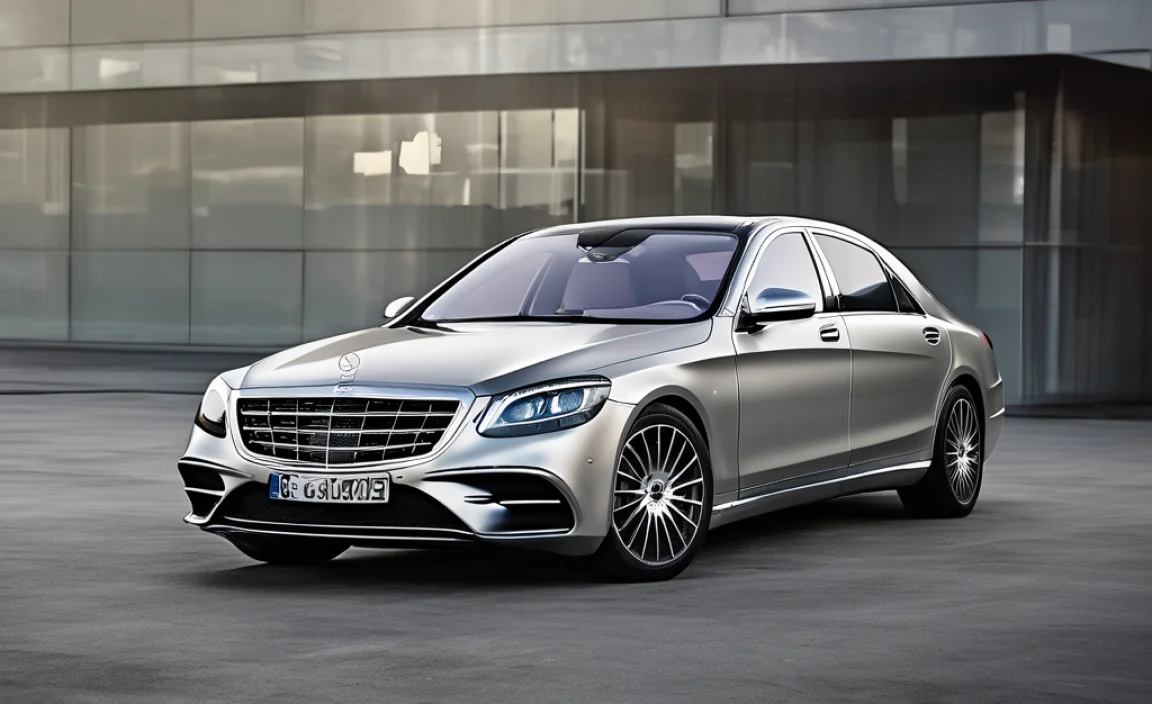
There’s a fundamental difference in how hybrid and electric powertrains deliver power, and understanding this can help you appreciate the technological marvels beneath the hood of the future S-Class.
Hybrid Power: The Synergistic Approach
In a hybrid system, the electric motor and gasoline engine work in tandem. The car’s computer intelligently decides which power source to use or how to combine them for optimal performance and efficiency. This seamless integration means you might not even notice when the car is switching between electric, gasoline, or a blend of both. The electric motor often acts as a power assist, smoothing out acceleration and providing extra oomph when needed.
Electric Power: Pure and Direct
Fully electric vehicles draw their power solely from a large battery pack that drives one or more electric motors. This results in a very direct and responsive power delivery. When you press the accelerator, the electric motor spins up almost instantaneously, translating into incredibly quick acceleration. The lack of a traditional engine, gearbox (in many designs), and exhaust system also contributes to a remarkably smooth and quiet ride.
Table: Power Characteristics Comparison
| Feature | Hybrid (PHEV) | Electric (EV) |
|---|---|---|
| Primary Power Source | Electric Motor + Gasoline Engine | Battery Pack + Electric Motor(s) |
| Acceleration | Strong, enhanced by electric torque | Instantaneous and potent |
| Noise Level | Very quiet in electric mode; engine noise at times | Extremely quiet, minimal noise |
| Emissions | Zero tailpipe emissions in electric mode; low emissions overall | Zero tailpipe emissions |
| Range Complexity | Combined electric and gasoline range | Single electric range, requires charging infrastructure |
| Refinement | High, with seamless transitions | Peak refinement due to lack of ICE |
Performance and Efficiency: A New Benchmark
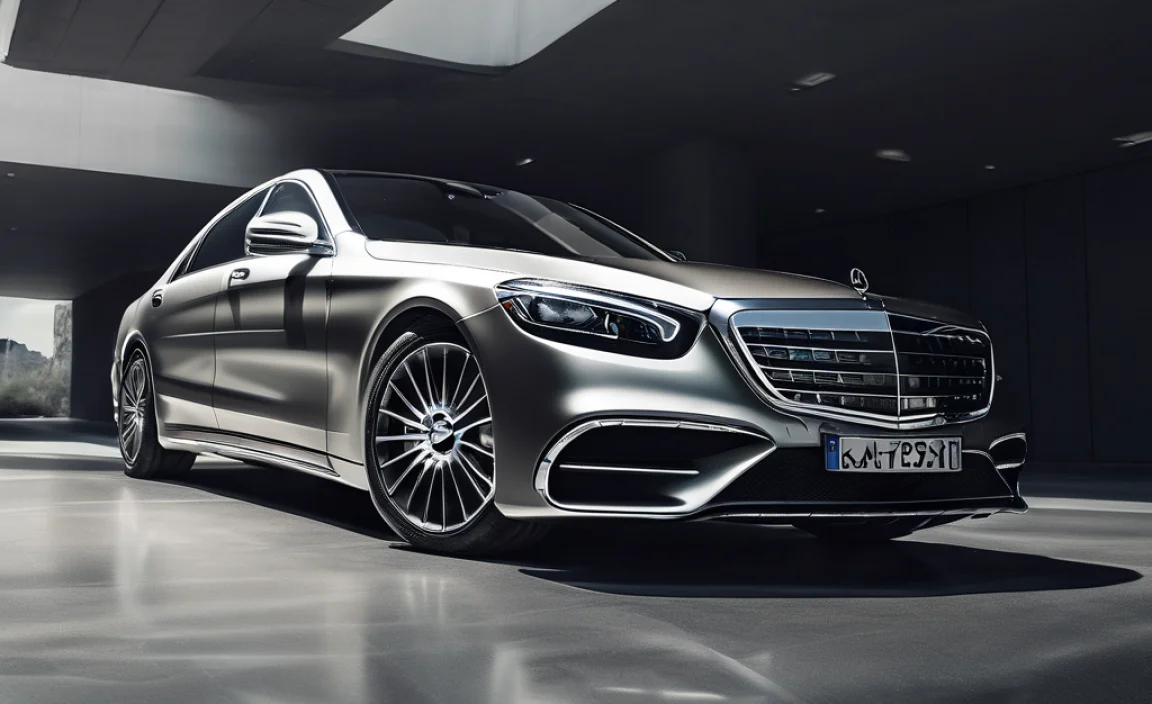
The future S-Class isn’t just about being green; it’s about setting new standards for what a luxury sedan can do. Power management is key to achieving this delicate balance.
The AMG Factor: Electrified Performance
For performance enthusiasts, the AMG variants of the future S-Class will be exceptionally exciting. Mercedes-AMG is known for pushing boundaries, and their integration of electric power will be no different. Expect AMG models to feature hybrid systems tuned for maximum output, delivering supercar-level acceleration and dynamic handling. These powertrains will offer a thrilling experience while also benefiting from the efficiency gains of electric assistance. Think of it as raw power, refined and amplified by electric innovation.
Sustainable Sophistication
Beyond raw power, the future S-Class will emphasize sustainable engineering. This includes using more recycled materials in construction, optimizing aerodynamic efficiency, and developing powertrains that minimize their environmental footprint. Mercedes-Benz is actively involved in researching and developing advanced battery chemistries and more efficient electric motor designs. For example, initiatives like the Daimler Sustainability Report highlight their long-term vision for eco-friendly mobility across their fleet.
Intelligent Power Management
At the core of these advanced powertrains is sophisticated software. The car’s onboard computers constantly monitor driving conditions, battery charge, and driver input to optimize power delivery. This intelligent management ensures you get the performance you need when you demand it, while maximizing range and efficiency during relaxed driving. This is where the “smart” in smart car truly shines.
Charging and Maintenance: What Owners Need to Know
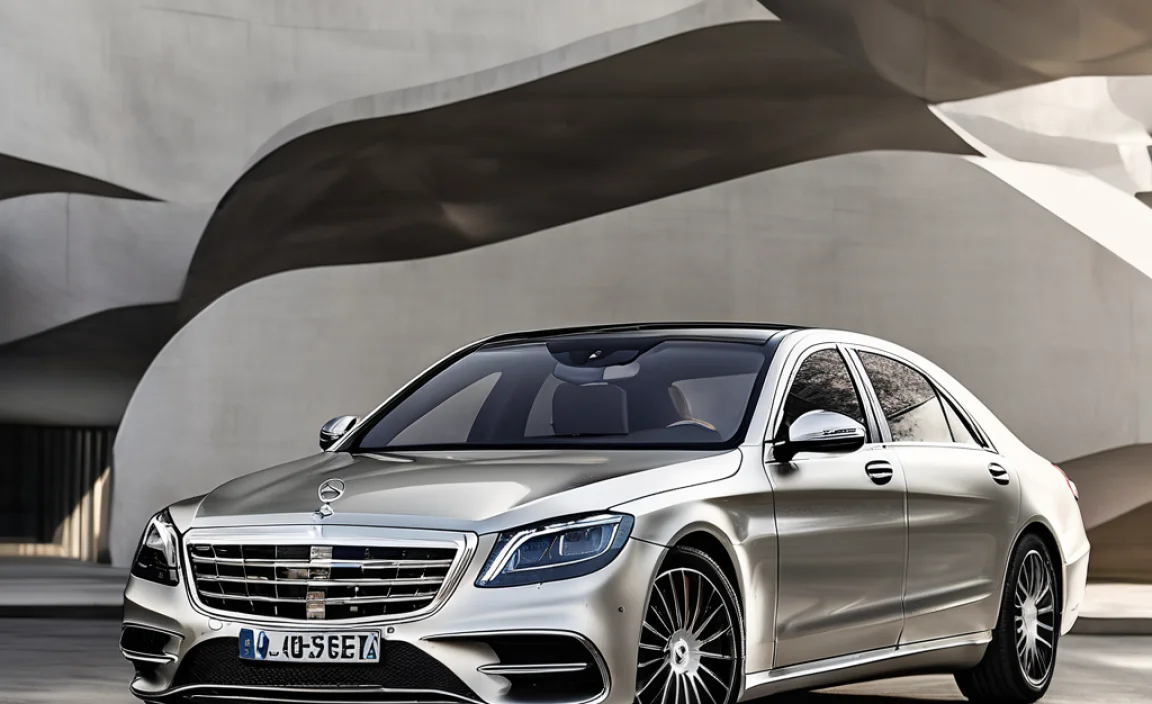
As powertrains evolve, so does the related owner experience, particularly regarding charging and maintenance.
Charging Your Future S-Class
Charging an electric or plug-in hybrid Mercedes-Benz is designed to be convenient. For home charging, a dedicated wall charger (often installed by a professional electrician) is the most efficient method, allowing your vehicle to fully recharge overnight. Public charging stations are becoming increasingly common in cities and along major routes. These range from Level 2 chargers (similar to home chargers but faster) to DC fast chargers that can add significant range in a short amount of time, ideal for longer trips.
Charging Options:
- Home Charging: Ideal for overnight charging, ensuring a full battery each morning.
- Public Charging: Available at shopping centers, workplaces, and dedicated charging hubs.
- Fast Charging: DC rapid chargers can replenish a substantial portion of the battery in 30-60 minutes.
The MBUX infotainment system within the S-Class will feature integrated navigation that can show you nearby charging stations, their availability, and charging speeds. Many charging networks offer user-friendly apps to manage your charging sessions.
Maintenance: A Simpler Approach?
One of the often-overlooked benefits of electric and hybrid powertrains is reduced maintenance. Electric vehicles have far fewer moving parts than traditional gasoline cars. There’s no engine oil to change, no spark plugs to replace, and significantly less wear on brake components due to regenerative braking. This translates to potentially lower running costs and fewer trips to the service center for routine maintenance over the life of the vehicle.
Key Differences in Maintenance:
- Fewer Fluids: No engine oil, transmission fluid, or exhaust system fluids to manage.
- Brake Longevity: Regenerative braking significantly extends the life of brake pads and rotors.
- Fewer Mechanical Parts: Electric motors and their associated components are generally simpler and more robust than internal combustion engines.
While routine maintenance is reduced, it’s still crucial to follow the manufacturer’s service schedule. This will typically involve checks of the battery cooling system, tires, suspension, and cabin air filters. For hybrid models, the gasoline engine will still require its regular maintenance, similar to conventional vehicles, but its usage might be less frequent due to electric assistance.
Future Technologies: Beyond the Powertrain
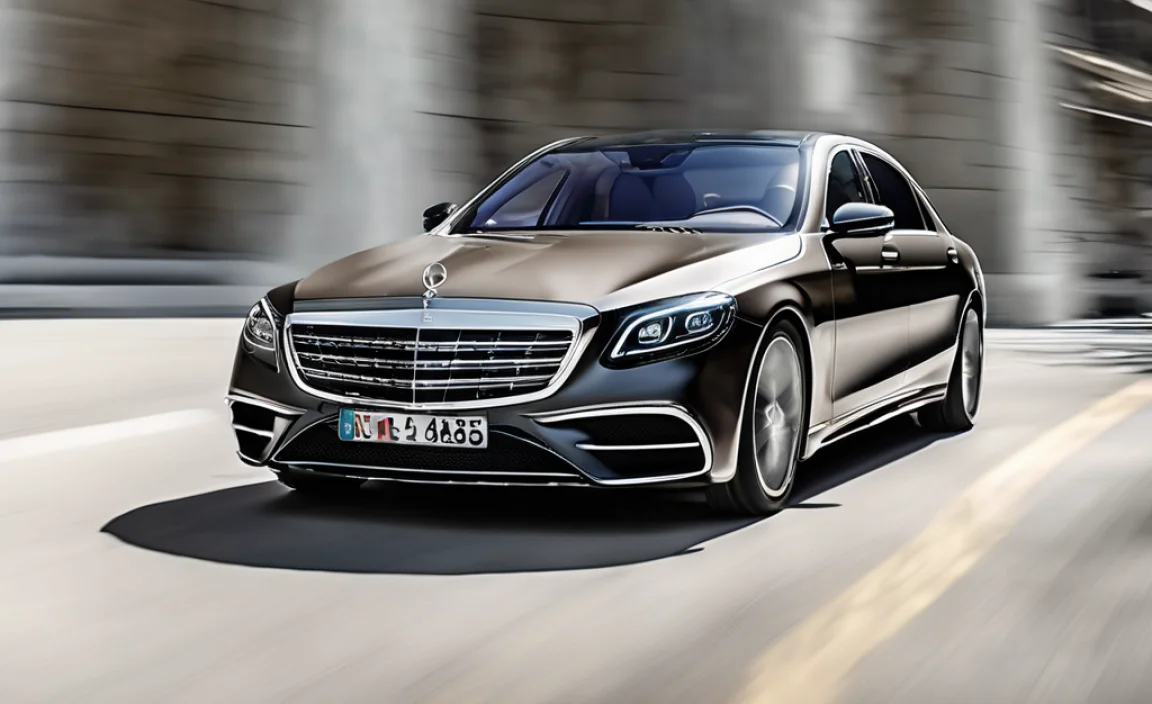
The “essential power” of the future S-Class is also interwoven with cutting-edge technology that enhances performance, safety, and the overall driving experience.
Advanced Driver-Assistance Systems (ADAS)
The S-Class has long been a showcase for Mercedes-Benz’s ADAS. Future models will push this further, with increasingly sophisticated systems for semi-autonomous driving, enhanced safety, and driver convenience. These systems work in conjunction with the responsive powertrains to provide a smooth and secure journey.
Connectivity and MBUX
The Mercedes-Benz User Experience (MBUX) infotainment system will continue to evolve, offering seamless integration of navigation, entertainment, and vehicle controls. With future S-Class models, expect even more AI-driven personalization, intuitive voice commands, and enhanced connectivity features, all designed to make interacting with your vehicle effortless.
Over-the-Air (OTA) Updates
Similar to how your smartphone receives updates, future S-Class vehicles will be capable of receiving over-the-air software updates. This means your car can be improved and updated remotely, potentially enhancing performance, adding new features, or optimizing battery management without a visit to the dealership. It’s a key aspect of keeping your vehicle at the forefront of technology.
These advancements are supported by robust electrical architectures designed to handle the demands of complex systems. The integration of these technologies ensures the future S-Class is not just a luxurious car, but a intelligent, powerful, and forward-thinking mobility solution.
Conclusion: Driving the Future, Powerfully
The “Future Mercedes S-Class” represents a bold stride into a new era of automotive excellence. The “essential power” we’ve discussed—the sophisticated hybrid and all-electric powertrains—are not just about delivering exhilarating performance; they are about redefining luxury, efficiency, and sustainability. Whether you choose a plug-in hybrid for its versatility or an all-electric model for zero-emission driving, the future S-Class promises a driving experience that is both powerful and profoundly refined.
As owners, embracing these advancements means enjoying cutting-edge technology, potentially lower running costs thanks to reduced maintenance, and the peace of mind that comes with driving a vehicle engineered for the future. Mercedes-Benz is committed to making this transition smooth, with user-friendly charging solutions and intuitive vehicle interfaces. Get ready to experience the next evolution of the S-Class – where power, luxury, and innovation converge like never before.